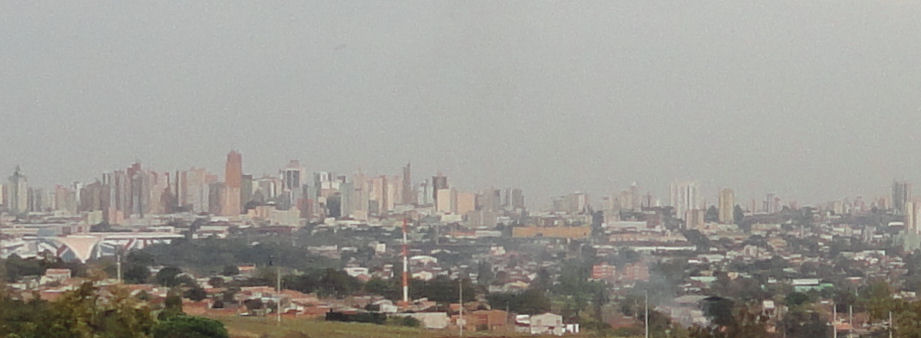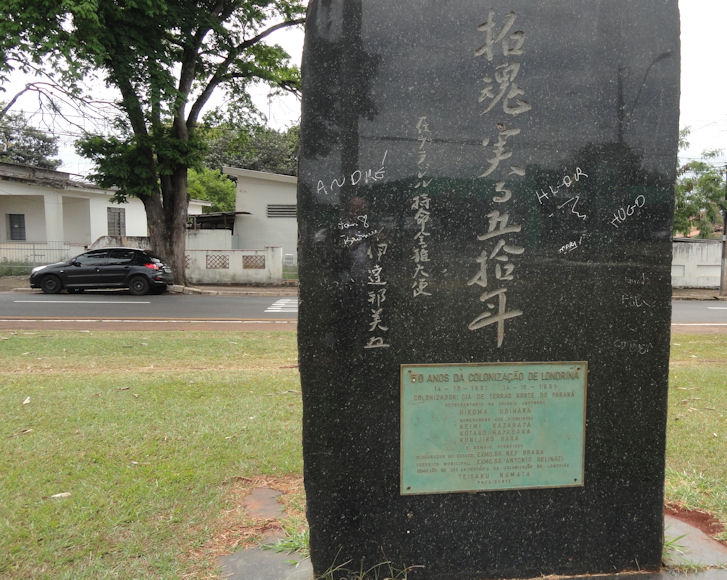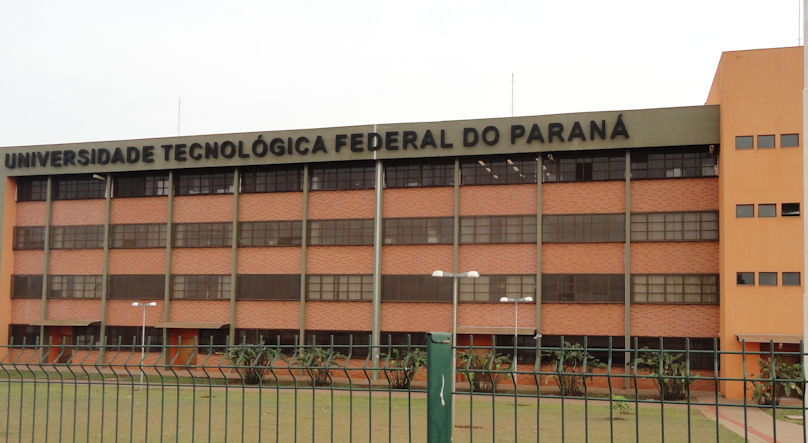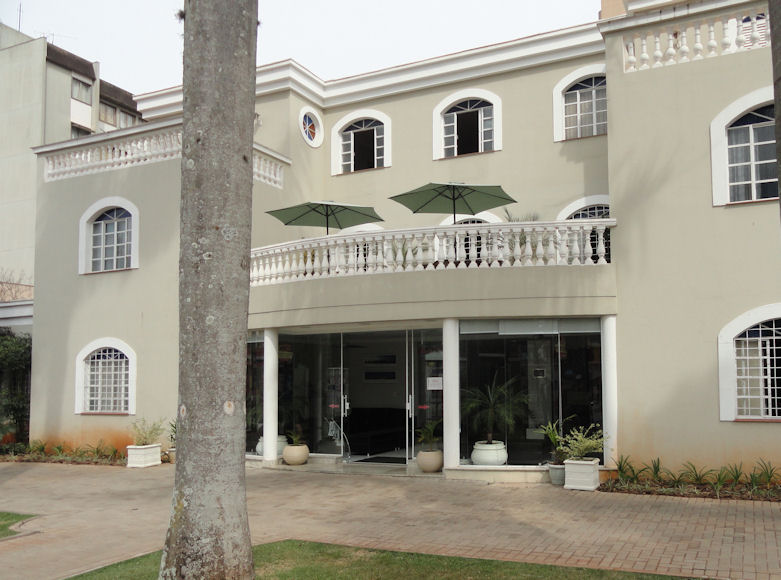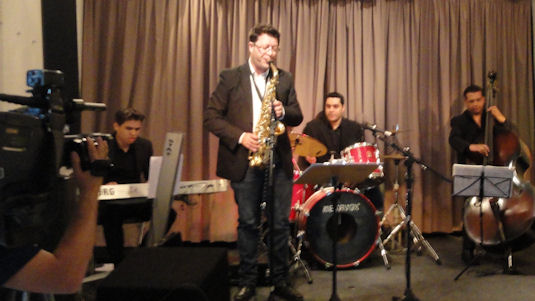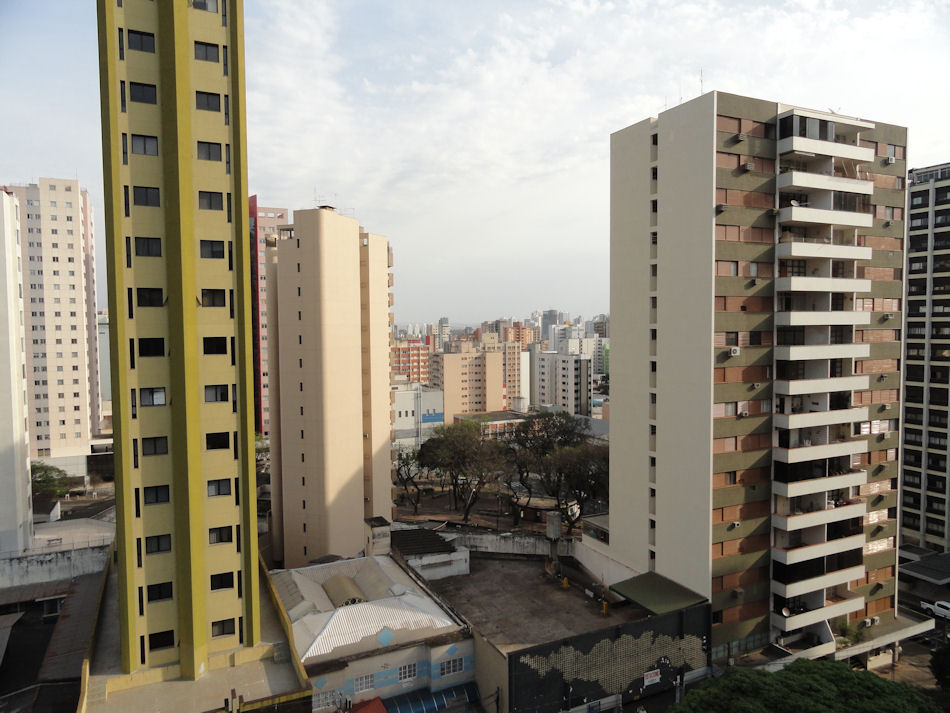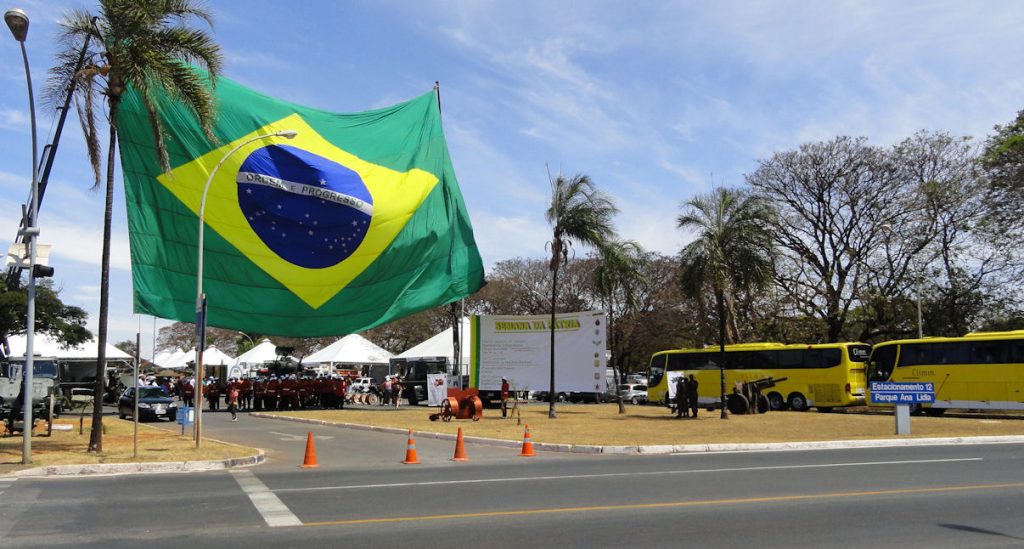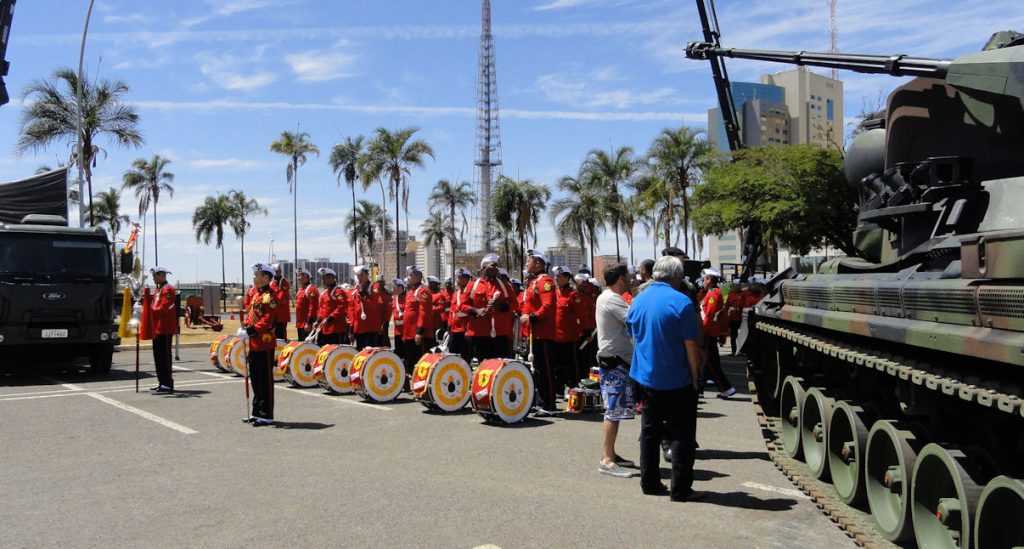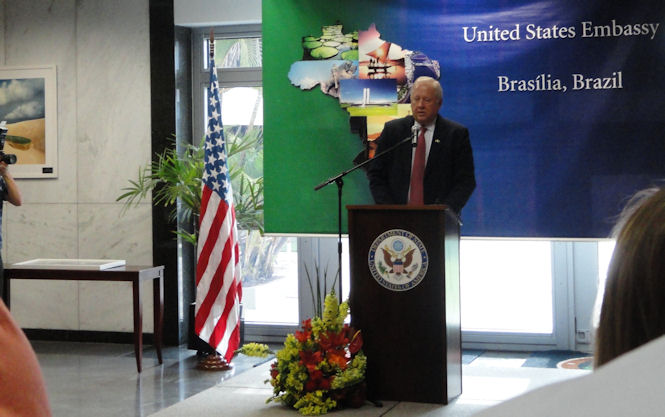
Ambassador Shannon is the best ambassador I worked with in my entire career since 1984. I know that is a bold statement, but I think he is that good. I have worked with some good ones before. Ambassador Dan Fried in Poland was the right man at the right time. I also thought that Ambassador Robert Stuart in Norway was great. I have been lucky to never have had any really bad ambassadors. This makes my career unusually blessed. I have had a few near misses. When they are good, they are very, very good but when they are bad they can be horrid.
Not all my bosses have been equally good. I have developed a system to take advantage of the variation. I have heroes, people I try to emulate. Of course, my ideal is a composite, since no one person can do it all. But I do have individuals I admire. Besides great ones like Ambassador Shannon, I have had some great bosses. Brian Carlson, my boss in Norway had an early influence on my career. When I see someone doing something well, I try to see how I can adapt it to my reality and capacities. There are some good things that I just cannot do and some that I can do only with some changes, but the idea is good.
But you need to have anti-heroes too. If you look at the requirements for FSO promotion, nobody in the world is worthy; certainly I am not. The real world is different, however. You don’t really need to achieve the level of excellence talked about in theory. In fact, it is dangerous to be too much a perfectionist. If you don’t act until you are perfect you will never act. This has the really negative effect of letting the lesser folks take you job. You have a DUTY to get ahead if you are qualified to get ahead. Don’t leave it to the dogs.
So what about the anti-heroes. I will not name names here, but there are successful FSOs who I think are horrible ; not many, but a not insignificant number have reached the highest levels w/o deserving. You have to pick one of these guys as your anti-hero. The idea is that “If that clown can make it, so can I.”
You need both kinds of role models: the first one gives you and idea of what you should be and the second one gives you encouragement that it is possible for you to make it.
Anyway, we have some really great role models. One of them is leaving.

